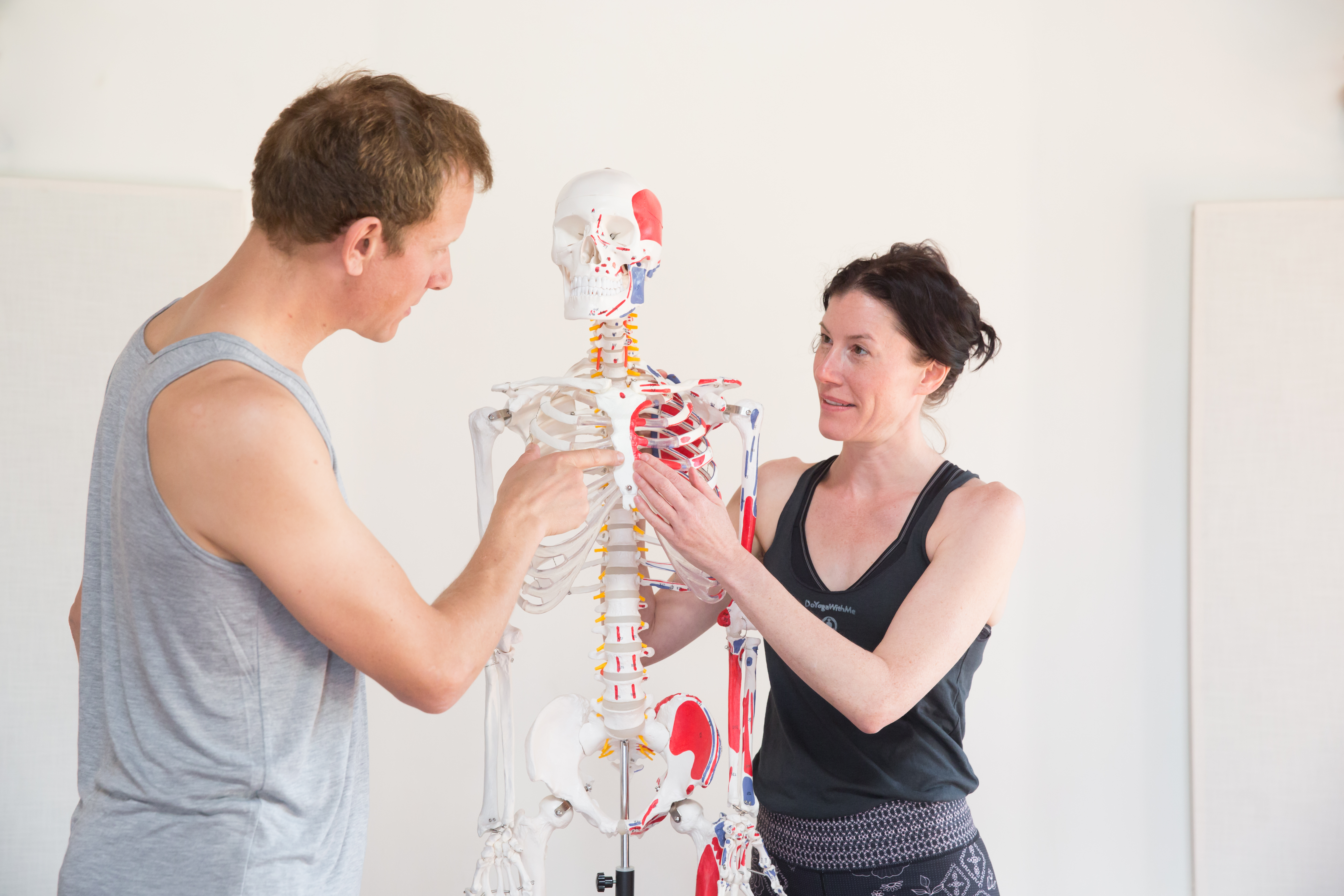Among grassroots yoga professionals, the prevalent trope on the proliferation of yoga teacher training amounts to predictions of end times. That acquiescence to the fallacy of a 200-hour standard has resulted in cookie-cutter certificate factories that are quickly destroying any remnant of authentic yoga. Hordes of unqualified teachers with dubious credentials are being unleashed upon an unknowing public, causing injury and sullying the name of an ancient and sacred tradition.
Or if you read any number of mainstream media outlets, you might think that yoga teacher training is a plausible way out of your terrible office job. A way to become your own boss and make a living off the healthy lifestyle that we all crave. All you need to do is complete your yoga teacher training, nail some impressive poses on Instagram, and you’re good to go.
Important to note that only sixty years or so ago, there were no group yoga classes.
An overwhelming majority of people who currently practice yoga have come to it by way of a drop-in group yoga class. But what many don't realize is that this is an entirely modern format for yoga. In the not so distant past, there was no such thing. And if you wanted to learn yoga then you had to seek out a teacher and convince them that you were a worthy student. Not everyone was welcomed in. You had to prove that you were serious about wanting to learn.
As the mountain has come to the marketplace, so the teacher/student dynamic and context for yoga practice has greatly changed. Folks don't consider going to yoga class as a learning experience necessarily. They go to "get their yoga on." Not any different from going to the gym to exercise or a dance club to get your groove on, except sometimes there is like some meditation stuff thrown in. But you can find classes without that if you're not into it.
Nowadays, yoga teacher training is where people are going when they want to actually learn yoga.
When I first came to yoga in the early 90's, the people who became yoga teachers were the ones who showed up to class more than anyone else. After about two years, your teacher would turn to you and say: "You are ready to teach. Next week, you will cover my classes." And you were a yoga teacher. And you were ready because you had invested your time and energy with consistency and shown yourself to have a grasp of the practice that you were passing on.
Things have changed since the requisites for being a yoga teacher were diligence and commitment over time. That is why so many old-school practitioners scoff at the idea of 200 hours. But I wonder if it's really possible to learn yoga in the same way when the groups are so much larger, the music is so much louder, and the practice caters so much more to market forces.
Fact is, people are more inclined to throw down thousands of dollars for a yoga teacher training course than they are to simply show up to class on a regular basis.
There is no doubt that the advent of a 200-hour standard for yoga teacher training has diminished the process by which someone comes to assume the role of being a yoga teacher. No longer does one have to demonstrate the same sort of self-determination and fortitude to make it happen over time, while meeting the demands of daily life and without any clear hoops to jump through. Consequently, the title of yoga teacher does not carry the same weight or mean the same thing.
At the same time, for those earnest students who wish for a more in-depth understanding of yoga than those drop-in group yoga classes are providing, yoga teacher training is where the real learning about yoga is happening. Where people decide to take it more seriously. And, for better or worse, the time and money investment is often what makes it seem real for people. Of course, there are any number of ways that 200 hours can play out. Some programs are more credible than others. But I don't think there is any way we can roll back the clock. Accountability rests entirely with those whose signatures are on the certificates.
There is a larger question about what is happening in all these group yoga classes. If you run the numbers, two years of unlimited yoga classes costs less than most yoga teacher training programs. This assumes that attending classes will actually facilitate someone learning the skills of practice and coming to understand their purpose. It is not uncommon for someone to attend classes regularly for years, or complete yoga teacher training for that matter, and still feel ill equipped. For all the money and effort people spend on yoga, we ought to expect more.
This article originally appeared in J. Brown's blog here.



Comments
Existing Comments